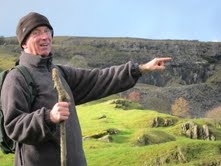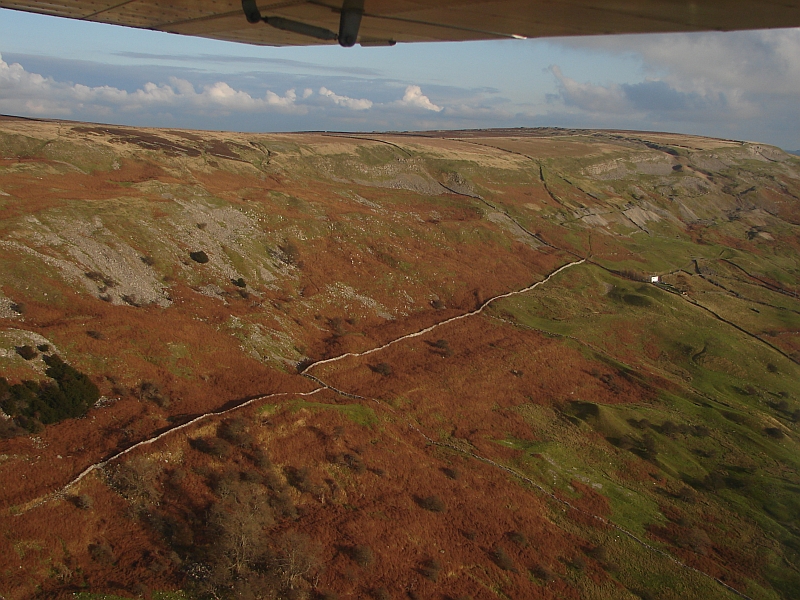| The swaag.org website uses cookies to provide website use and other information. Full details | Swaledale and
Arkengarthdale Archaeology Group Swaledale Geology Pages © John Russell |
SWAAG Honorary President:
Tim Laurie FSA |
| The Geology of
Swaledale and Arkengarthdale
Welcome to the SWAAG Geology pages. It is designed for people
who want to “go and see” and have an explanation of what they
are looking at. Each section will be introduced with a
photograph and an overlay of what can be seen. The overlay will
easily locate features on the photograph and there is a glossary
of the terms used in each photograph and a short account of the
geology featured. Each photograph has a grid reference linked to
the Land Ranger O.S. maps e.g. OL30. There is also a simplified
compass bearing to show the direction of the camera view and a
location title. Imagine a post box full of letters posted over a period of time. If the post box is not opened for a long period of time (even longer than the Dales postal service) then the letters and messages begin to deteriorate. The letters at the bottom of the box (the oldest) are hardest to read. Rocks are just like the letters in that they carry messages from the past. The older the message the harder it is to read. The oldest rocks in Swaledale and Arkengarthdale are in the valley floors. The youngest rocks are seen on the higher levels as revealed on Fremington Edge and above. The oldest and youngest rock of the Carboniferous are not found in Swaledale, but a big slice of the middle is found.
There are other rocks of some economic importance. These are lead, zinc, copper, barites and silver. They are all linked to previous emplacement of granites into the basement of the Pennines and their subsequent erosion. Many of the sedimentary rocks also had an economic role in the history of the dales. Limestone was burnt and turned into quicklime for improving the soil. The Carboniferous must have been one of the most amazing geological periods. Consider the following statements: • The world was spinning far faster than today so days were shorter but more in number – about 400 days in a year. • The moon was much closer than today so tidal ranges would have been greater. • The amphibians left the seas in great numbers to colonise the coastal environments. • The primitive trees of the previous period, the Devonian, began to evolve and cover the land. • The trees changed our atmosphere from one rich in carbon dioxide to one rich in oxygen. The oxygen excess caused gigantism in groups of creatures like the insects. • All of this happened as Earth’s one continent called Pangaea, drifted across the equator. The evolution of the Yorkshire Dales raises many questions. Some of the most fundamental questions are answered through geology and the study of rocks. Perhaps it’s time to take some of the mail out of the letterbox and see what we can discover about our amazing Dales and their evolution. |
 Use the Geology Menu at the top of the page to explore the geology section as it develops |
